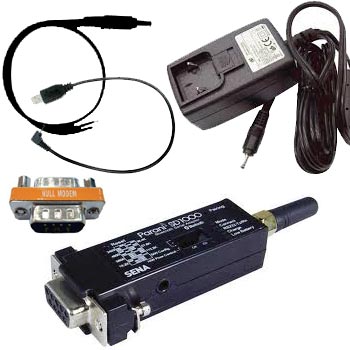Everyone knows what Bluetooth serial
is and what are its functions and uses. But if you think about how
this wireless technology has won over hearts of billions of people, you
would be curious to know the mechanism behind it. What makes the
wireless technology to connect to several mediums without any cables?
A physical layer also known as the RF transceiver usually works at
2.4 gigahertz in the unrestricted ISM band. A frequency springing
transceiver getting services from the core system helps in battling
fading and interference.

The Master Device and Its Slaves
When many devices are grouped together and are synchronized, then
they form a piconet. You might start wondering, what is a piconet?
Well, when the channel is grouped together with many other devices, all
of them start operating together in the frequency springing pattern
and the master device stays in charge of the synchronization.
For example, a cell phone is the master device and every other device
of the piconet like the MP3 player, headset, car stereo, etc. are its
slaves. So, every single device has its own frequency springing pattern
usually controlled by the master device algorithmically.
How the Transmission Takes Place?
The channel or the wireless link is further divided into slots. Each
slot has its own packets. So when data is being transferred, it is done
through packets. During the transmission and reception process, all
the frequency springing takes place. The packet that made just one
transmission can now be sent over various frequencies inside the ISM
band.
The channel can support transport of various analytical links that
have their own function to perform. While a link supporting synchronous
traffic is responsible for handling audio data, the asynchronous
traffic can perform other functions of delivering a file or several
others.
The Relation between the Inquiring and the Scanning Device
One major reason how the Bluetooth works is due to the ‘inquiry’ and
‘inquiry scan. Every scanning device responds to the frequency of the
device that is inquiring. Each time a scanning device receives the
inquiry, it immediately sends the information to the inquiring device to
match the nature that has accepted the signal.
For example, if you want to link your cell phone to a printer to get a
picture printed, the cell phone starts looking for nearby devices.
When the scanning device that is the printer gets the inquiry and
responds, the availability of this option pops up on the cell phone
screen. Choosing the option to connect, the process begins.
With your hands free for talking, connecting devices and listening to
music on wireless earphones, you don’t notice the complications that
occur during this whole process. But Bluetooth technology has indeed
become successful with time!